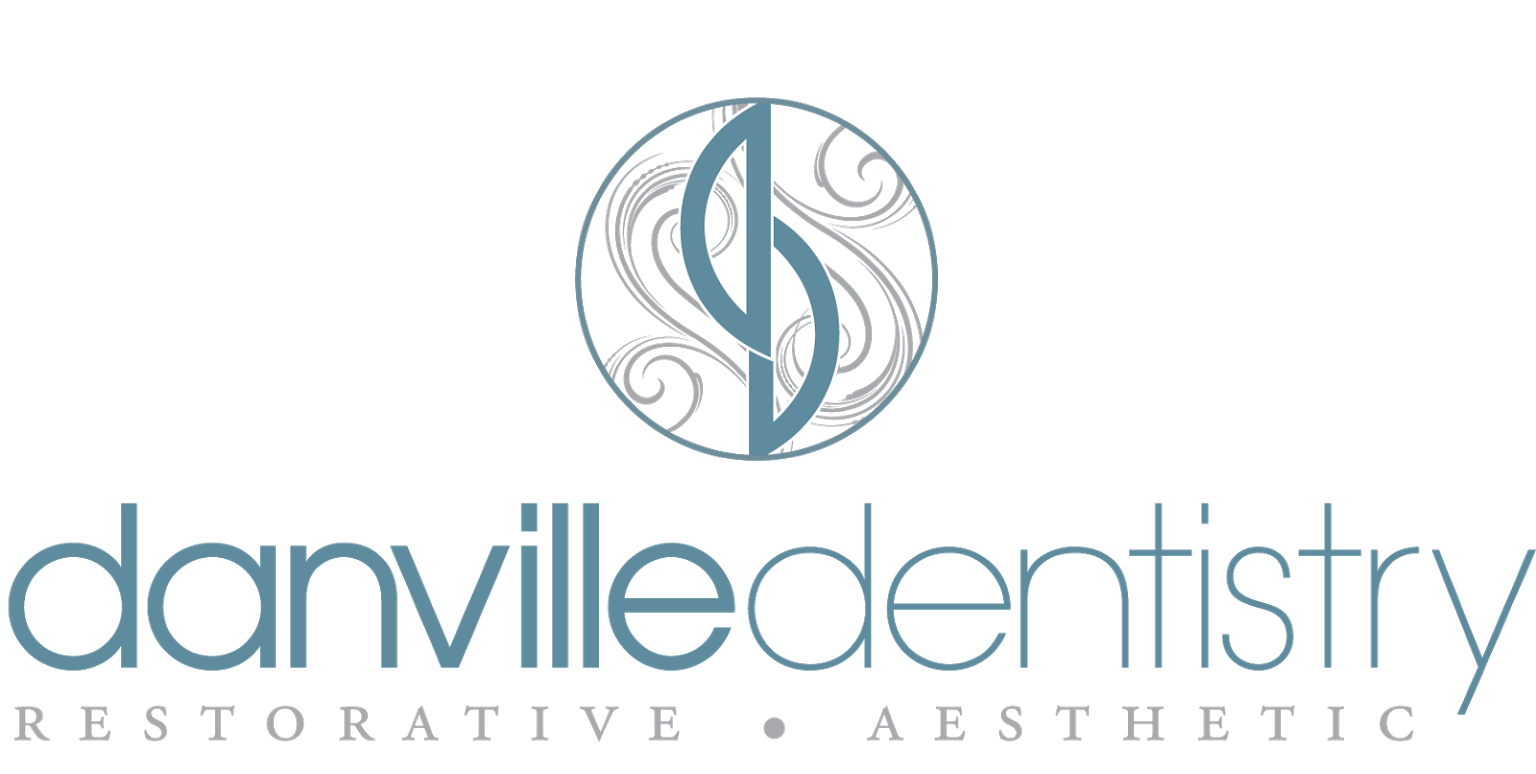Crowns and fixed bridges
Crowns (often termed “caps”) are used to restore severely broken down or root canal treated teeth.
Crowns provide circumferential coverage around an individual tooth to “splint” the remaining tooth structure together to best preserve the tooth structure over the long term. Some indications for crowns include the presence of large existing restorations that might be failing or broken leaving insufficient healthy tooth structure to restore with a composite restoration.
Crowns are also indicated to “splint” and preserve tooth structure when multiple fractures or cracks are observed in the remaining tooth structure. Also, after a tooth has undergone endodontic treatment (root canal treatment), a full coverage crown is often indicated to most predictably preserve the remaining tooth structure.
Fixed bridges are utilized to restore a missing tooth. Bridges require the presence of a strong, healthy tooth both behind and in front of the missing tooth.
Fixed bridges can be utilized to restore missing anterior or posterior teeth and involve preparing the adjacent teeth for crowns to retain the prosthetic tooth (pontic). The fixed bridge is permanently cemented to the adjacent teeth and includes the attached pontic which restores the missing tooth.
Fixed bridges can restore multiple missing teeth in certain situations but generally the long term prognosis of a particular bridge is inversely related to the length of its span. In other words, the longer the bridge, the less predictable the long term prognosis.
Interested in learning more about crowns & bridges? Please call 925.837.7277 or contact us today

To schedule an appointment, please call our office or request an appointment online
Phone: 925.837.7277
Fax: 925.831.1876

